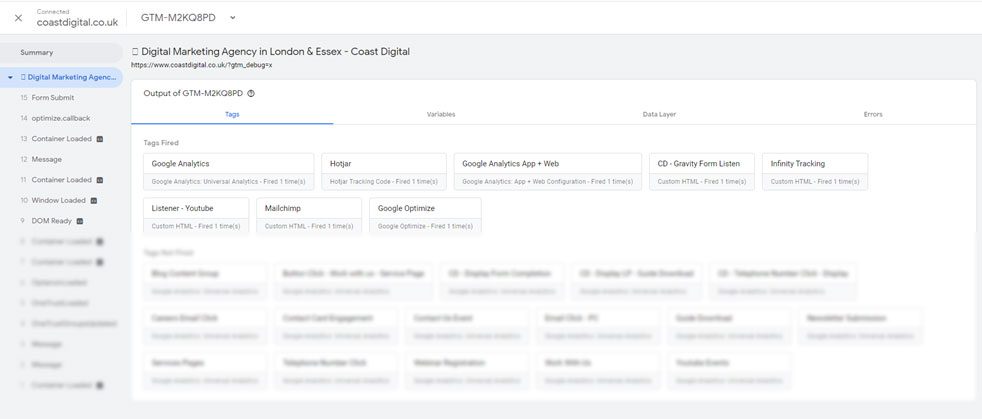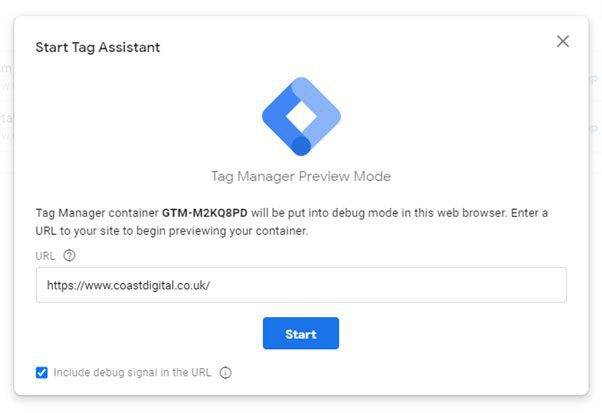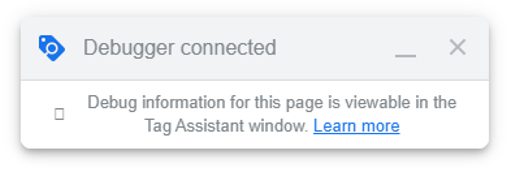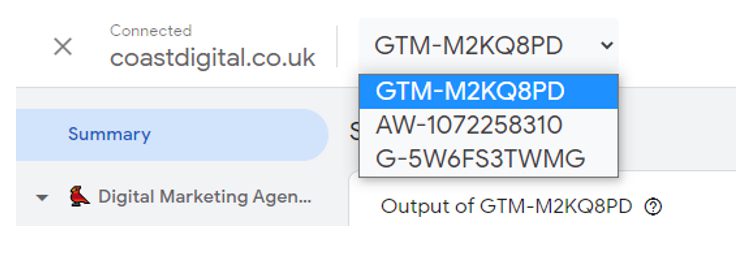It’s fair to say Christmas has come early for Digital marketers and analysts. In the last week Google have rolled out big changes to Google Analytics – we went into this in great detail in an article last week. Well, in the same week Google have introduced a host of changes to Google Tag Manager. For those who use Google Tag Manager frequently the changes will be very much welcomed. There are a huge number of changes to go through. In this blog we’re going to focus on the 5 changes that will impact most people.
1. New Tag Assist Preview Interface
The preview mode is likely to be one of the most used features of Google Tag Manager. It lets you preview either a future version of a container or a past version, allowing you to debug the implementation of tags before you put them live.
The problem is that the current version of the debug window is baked into the site using an iFrame. The information provided by the debug pane only exists on the one page you are looking for – this can make debugging a nightmare. I can’t count how many times I have gone to check the implementation on an event or a link only for it to reload the page and remove all this information from the debug panel. Similar issues can arise when debugging large sites with complex funnels, the data in the debug panel disappearing on the refresh of a page.
The new version of the preview a debug mode is linked to the Google Tag Assistant extension and as a result alleviates the main pain points highlighted above. The new tag assist now collects data across pages when previewing and opens up with a new tab. This is very useful when debugging across pages, as also this information remains in the tab.

This change also makes it much easier to test the tracking implementation on the mobile version of a website. Before the preview mode was resized down to the size of the mobile page, this meant debugging anything was almost impossible or at the very least extremely fiddly
2. Starting preview mode has changed
To preview your container in Google Tag Manager, you will preview it like you have done before. However, once you click the preview link, you will get a new dialogue box where it asks you to input the URL you are looking to debug.

Once you start the preview mode, Tag Assistant will preview your container in a new window or a window opened in the past. When previewing you will now be prompted with a new message in the bottom right-hand corner of the page.

3. Sharing preview modes
Sharing a Google Tag manager preview container is now as easy as sharing the URL of the preview window, as long as the recipient has the Google Chrome Tag Assistant extension

4. Relies on first party storage
Like many other Google projects, the new preview and debug modes move away from using third party cookies and instead use first party storage / local storage. The benefits of this are that it makes GTM more reliable and more robust, as well as protecting itself away from browser extensions that target third party cookies
5. New controls
Now if there are multiple Google products running on the site, AdWords tags for example, you have the option to select within the preview pane, and debug them in isolation.

Summary
This blog only convers a small handful of the changes, but arguably the biggest. For someone who uses Google Tag manager daily the new changes are very welcome and my overall experience will be improved – I for one will not miss the docked preview mode that we have had to live with since GTM’s inception.
The change to first party cookies is always welcome, as it means the tool we know and love should continue to work in the post GDPR world.
If you’d like help with these latest changes to GTM or some advice on what this means for your business, don’t hesitate to get in touch and one of our experts will be happy to help out.
Let's collaborate
Partner with us
Let’s work together to create smarter, more effective solutions for your business.
Related blogs
Who we are
Explore how our culture and expertise fuel digital innovation
Join us








